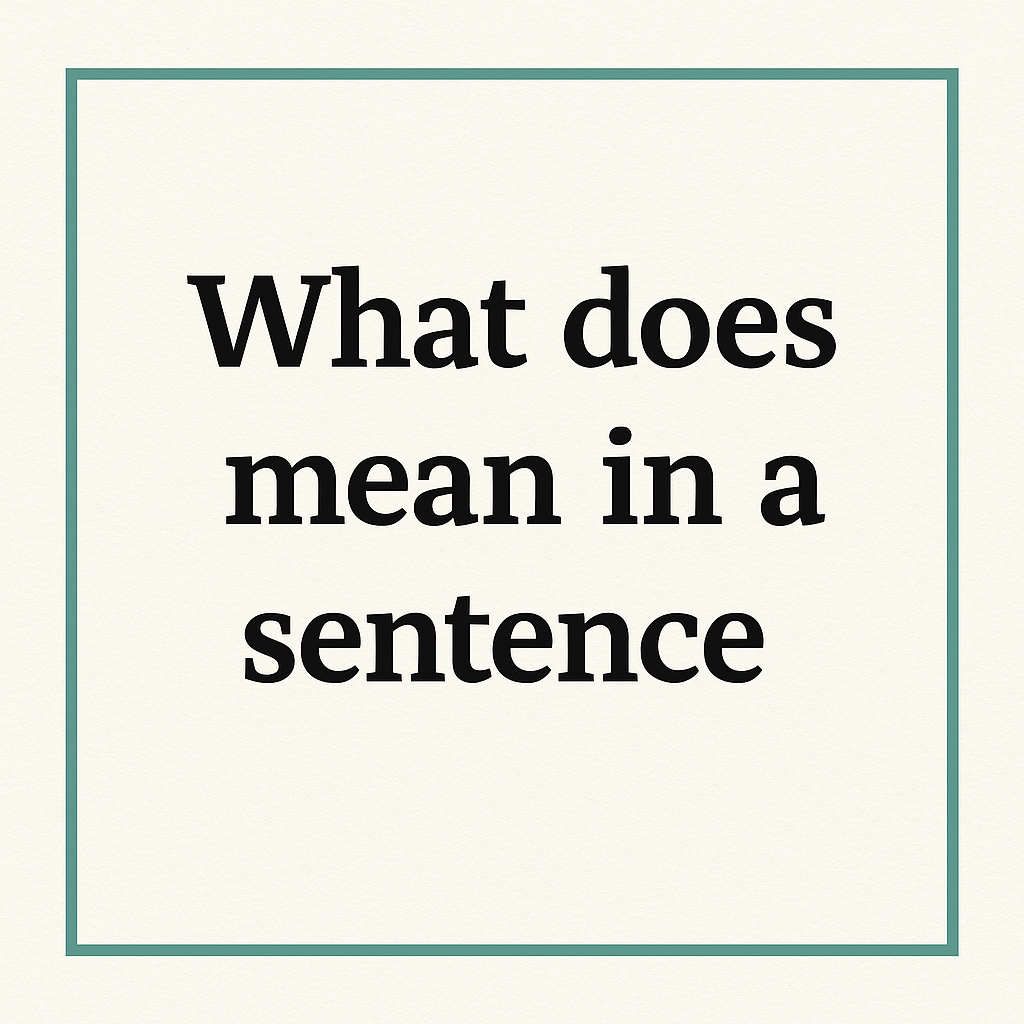Word History and Origins
First recorded in 1175-1225; (noun) M.E. from Old Fr., from L. sententia “Opinion, decision,” equivalent to sent- (base of sentire “to feel”) + -entia -ence; (verb) M.E. “to pass judgment, decide judicially,” from Old Fr. sentencier, from sentence. Etymology is the study of the history of words, their origins, and their meanings and how they have evolved over time. If you need more interested info like that visit quick guider.
It looks at the origins of words, and how they have changed from earlier versions and other languages. Etymology can be used to gain insights into the cultural and linguistic factors that have influenced the evolution of a word into its current form and meaning.
Structure of a Sentence
The person or thing in which something is said or asserted is subject. Predicate: It is the part of a sentence which expresses something about the subject. A sentence in English is usually made up of a subject and a predicate. The subject is the who or what the sentence is about and the predicate is what the subject does or is.
Basic sentence structure is quite often: Subject + Verb + Object, but there are other ways to add and parts like complements and adjuncts.
How Do Our Sentence Examples Help You?
Whether it’s basic sentences for newly learning English or phrasing for an academic paper, this straightforward sentence generator will help you select your words with confidence. With our sentence examples, by seeing a word and the context in which it appears in a sentence, you are better able to understand it and make use of it appropriately.
Sentence examples can be very useful because they demonstrate the form and use of various types of sentences so that the user can know how to create and utilize them correctly in his own writing and speaking. They also show how to vary sentence structure for clarity and effect and are able to use new words and phrases learnt in context.
Classification According to Structure
Simple Sentences: There is one subject, one predicate and one finite verb in a simple sentence. It has only one independent clause. Either the subject or verb may be compound (that is, two or more), but the main point is there always is only ONE independent clause.
Compound Sentences/Paragraphs: There are two or more independent/main clauses in a compound sentence, connected by a comma, colon, semi-colon or coordinating conjunctions (for, and, nor, but, or, yet, so (FANBOYS)). Sentences are classified, according to their structure, into four major types: simple, compound, complex, compound-complex depending on the number and types of clauses they contain.
How to See a Word Used in a Sentence
Pick your word
Choose your preferred word to see in a sentence. It could be any word you’re struggling with or want to know how to use.
Look it up in a dictionary or online
Use a reputable dictionary (such as Merriam-Webster, Cambridge or Oxford) or enter your word into Google followed by ‘in a sentence’ (so, for example, ‘ubiquitous in a sentence’). Example sentences are provided on many dictionaries and vocabulary sites.
Check sentence examples
Check in the “examples” or “usage” section. You will see sentences with the word in context so that you can see how it fits directly in context.
Use a sentence generator or corpus tool
For more examples, we’ve been using resources like Ludwig, YouGlish or Google Books Ngram Viewer, which list real-life uses of sentences.
Write your own sentence
Finally, you can try to make a few sentences using that word to check your knowledge. Observing the way it’s used will make you remember it and use it appropriately in your own writing.
Conclusion
Middle English: Middle English meaning and form of Old French: Latin sententia “opinion, decision,” from sent- (from sentire “to feel”) + -entia -ence; (verb) Middle English: “to pass judgment, decide judicially,” from Old French sentencier, from sentence. The person or thing about which something is said is called subject, and the predicate tells something about the subject, usually putting the pattern in the form of Subject + Verb + Object. If you need info related How to reduce Body Temperature in Summer.
Sentence examples help demonstrate structure and usage, so that the user can see how to properly form and use sentences in writing and speaking. Sentences may be simple, compound, complex or compound-complex, and context is the key to learning how to use a word correctly through examples or tools.
